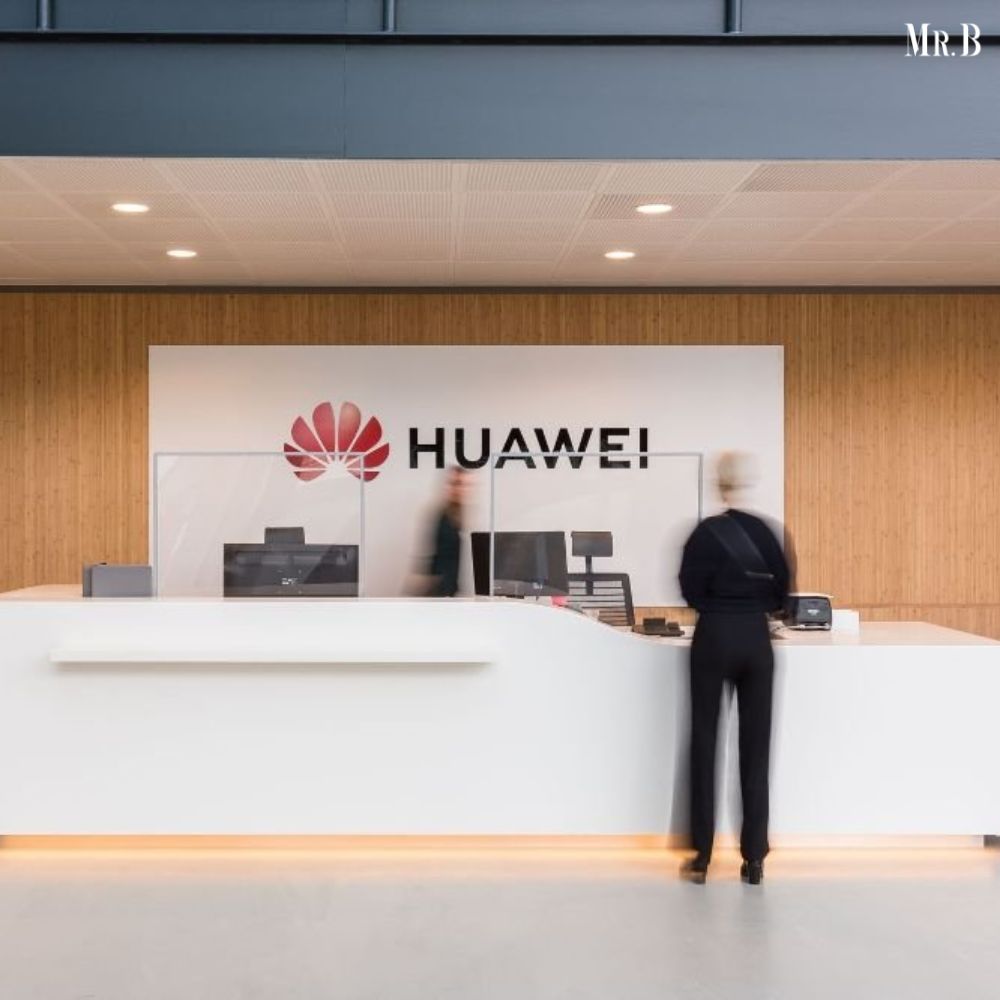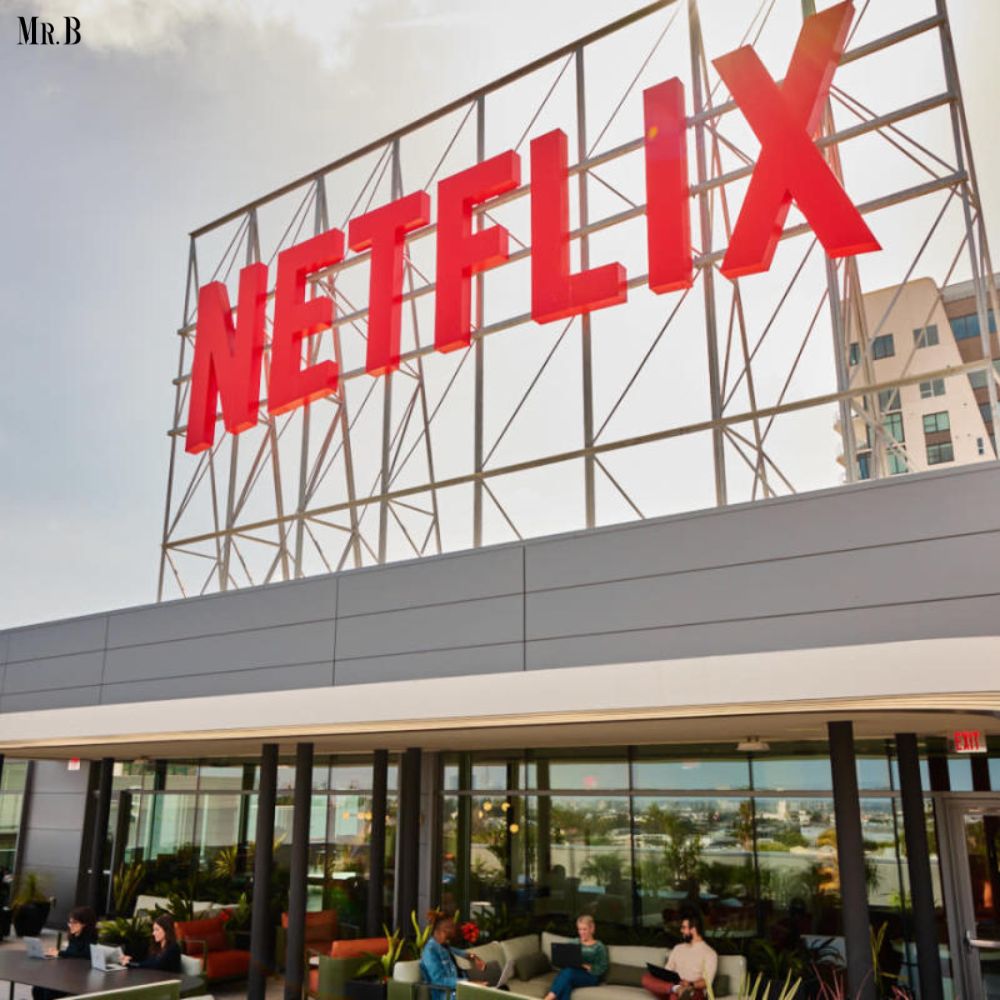Social Commerce: Understanding Its Essence and Implications for You
- Category: Marketing

A new player has emerged in the E-commerce space that is redefining the way people shop and businesses operate. This player is none other than “Social Commerce.” The convergence of social media and online shopping has given birth to a revolutionary concept that holds immense promise for consumers and businesses alike.
Social commerce, in its essence, is the fusion of social media and e-commerce. It’s a strategy that leverages the power of social networking platforms to facilitate buying and selling products and services. Unlike traditional e-commerce, where consumers visit standalone online stores, social commerce seamlessly integrates the shopping experience into social media platforms. It transforms interactions, posts, and shares into potential points of purchase, creating a dynamic and interactive shopping journey.
In this article, we will gain a better understanding of this mode of Social Commerce, exploring its essence, impact, and importance it holds for individuals like you.
1. The Continuous Rise
The rise of social commerce is propelled by the monumental growth of social media platforms. With billions of users spending a significant portion of their online time on platforms like Facebook, Instagram, Pinterest, and TikTok, these platforms have evolved from mere networking spaces to vibrant marketplaces. The visual appeal of products showcased through images, videos, and influencers’ endorsements adds an element of excitement and personal connection that traditional e-commerce struggles to match.

2. How It Works?
At the heart, it is the integration of shopping functionalities into social media platforms. For instance, Instagram’s Shopping feature allows businesses to tag products in their posts, making them directly shoppable. Users can explore product details and make purchases without leaving the app. Similarly, Facebook Marketplace provides a platform for users to buy and sell within their local communities. It combines the ease of discovery with seamless transactions, all within the familiar environment of social networks.
3. The Role of Influencers
It is a sector where influencers play a pivotal role. These individuals have amassed large and engaged followers who trust their recommendations. Brands collaborate with influencers to showcase their products, effectively turning influencers into walking advertisements. This influencer-led approach fosters authenticity and relatability, as consumers see products being used by individuals they admire and trust. This shift from traditional advertising to organic influencer endorsements has transformed the marketing landscape.
4. Benefits for Consumers and Businesses
For consumers, it offers a plethora of benefits. It turns the act of browsing social media into an immersive shopping experience. They can discover products while scrolling through their feeds, explore authentic user-generated content, and seamlessly make purchases without switching platforms. Its interactive nature also encourages engagement, enabling consumers to ask questions, leave reviews, and share their purchases, all within the same ecosystem.

Businesses, especially small and medium-sized enterprises (SMEs), stand to gain significantly from social commerce. The low entry barrier allows businesses to set up shops on social media platforms without the need for complex e-commerce websites. The ability to target specific demographics and retarget potential customers based on their interactions enhances the precision of marketing efforts. Moreover, it provides invaluable insights into consumer behavior, enabling businesses to tailor their strategies accordingly.
5. The Rise of the Entrepreneur
With its minimal barriers to entry, social commerce is poised to empower small businesses and individual entrepreneurs. With a user-friendly interface, businesses can establish their presence without the need for elaborate e-commerce infrastructure. This democratization of commerce provides a platform for innovative products and creative ventures to reach a global audience, leveling the playing field for businesses of all sizes.
6. Future and Challenges
While the concept of social commerce is promising, it’s not without its challenges. Privacy concerns, data security, and the potential for counterfeit products are some of the issues that need careful attention. Furthermore, the fast-paced nature of social media can lead to impulsive buying, which may not always result in satisfied customers. Striking the right balance between convenience and thoughtful decision-making remains a challenge.
As it gains more momentum, its future holds exciting possibilities. Augmented reality (AR) and virtual reality (VR) technologies are poised to transform the shopping experience further. Imagine trying on clothes virtually before making a purchase or visualizing how a piece of furniture would fit into your living room. The integration of AI-driven chatbots for personalized customer service and real-time product recommendations will also enhance user experience.
7. What It Means for You?
For individuals, social commerce signifies a shift in how you discover and acquire products. Your social media feed will become more than just a space for updates; it will turn into a marketplace tailored to your interests and preferences. The interactions you have with influencers and brands will become part of your shopping journey. It will be easier than ever to find unique products, access exclusive deals, and engage with brands directly—all within the platforms you already use.

8. The Role of AR, VR, and AI
The future of social commerce is interwoven with cutting-edge technologies. Augmented reality (AR) and virtual reality (VR) will redefine the boundaries of the shopping experience. Imagine virtually trying on makeup, test-driving virtual cars, or previewing how a new couch fits in your living room. These technologies, coupled with AI-driven chatbots, will enhance engagement, creating a personalized and interactive shopping journey that transcends the limitations of physical stores.
Summing Up
As social commerce continues its ascent, it’s clear that its implications extend far beyond the realm of retail. It’s a testament to the adaptive nature of technology and human behavior. However, as with any disruption, challenges are bound to arise. The industry must be prepared to address issues like data security, authenticity, and ethical marketing practices.
Ultimately, it is not merely a new trend; it’s a reflection of the evolving nature of human interaction, commerce, and technology. Embracing its potential requires a comprehensive understanding of its nuances, its promises, and its pitfalls. The synergy of social networks and shopping holds immense power to reshape the way we connect, consume, and create. It’s a journey that’s just begun, with each click and share shaping the future of commerce as we know it.
Also Read: 10 Creative Email Marketing Campaign Ideas For More Engagement







